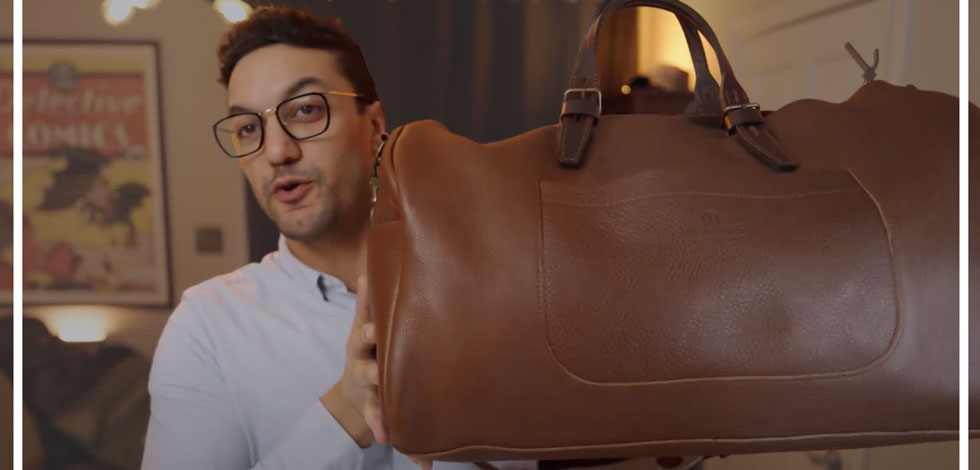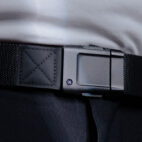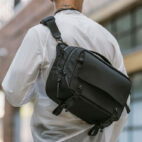Carryology delivered. Your inbox. every two weeks.
Only the best stuff (and giveaways!), we promise.


Gear reporter, Dave Samwel, dives into one of our favorite French brands – Bleu De Chauffe . Handmade in France and individually signed by each artisan, Bleu De Chauffe’s luxury leather and canvas goods are world-class and nail that sweet heritage vibe. So if you’re looking for refined and classy carry for daily, work or travel, we can highly recommend!
Featured bags:





 Carry Awards
Carry Awards Insights
Insights Liking
Liking Projects
Projects Interviews
Interviews




